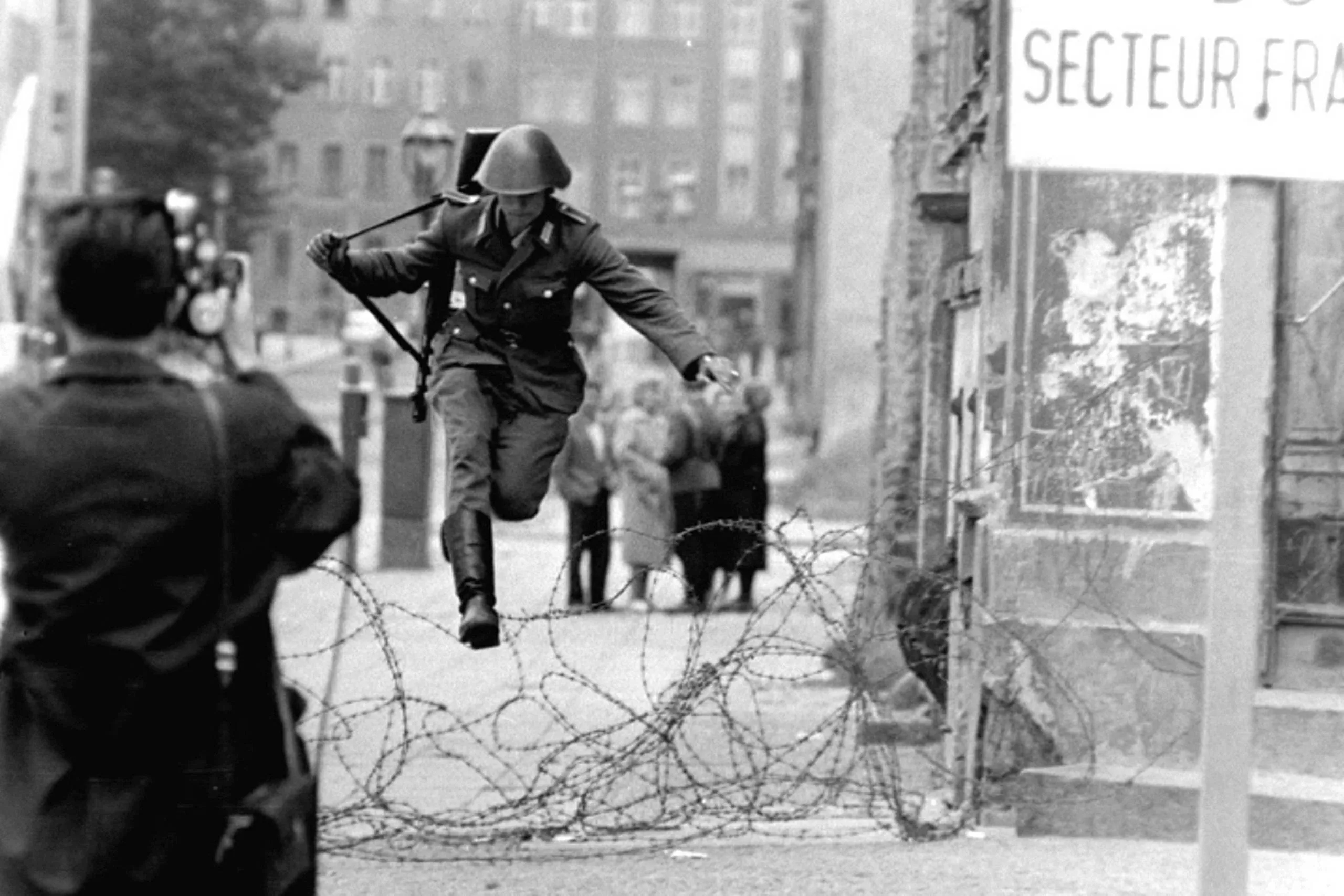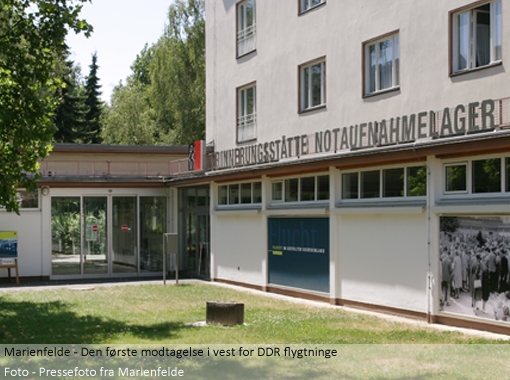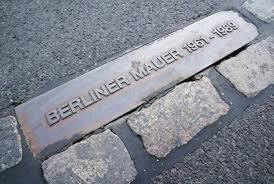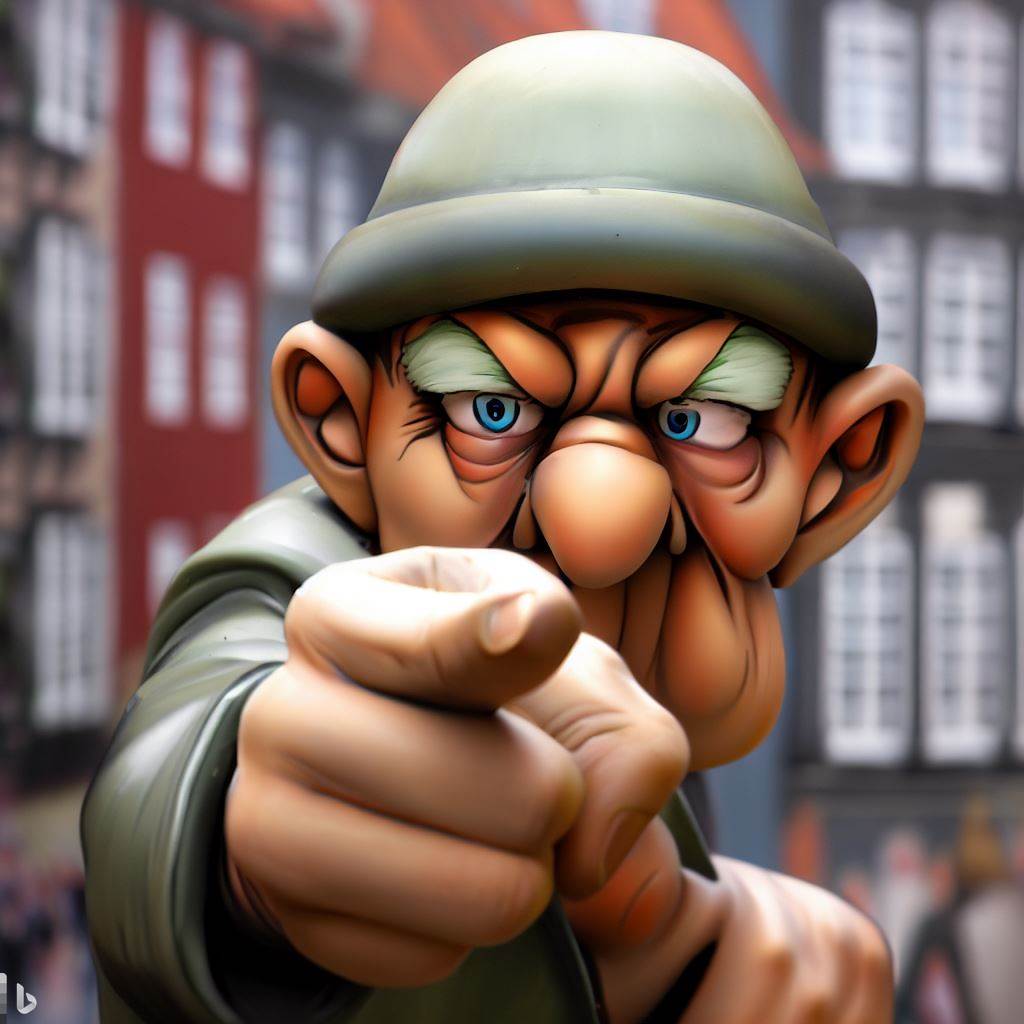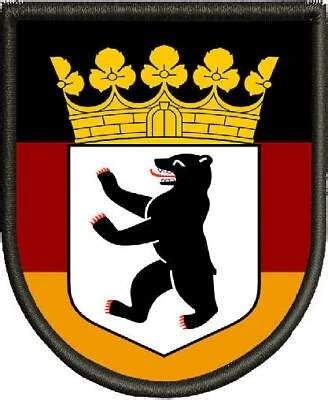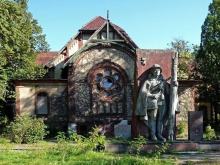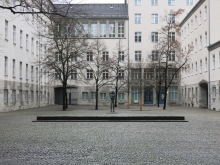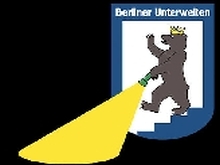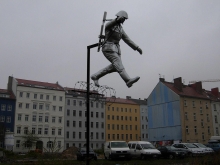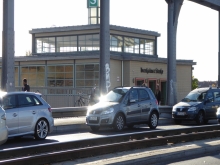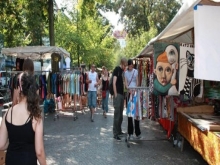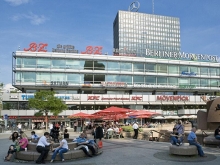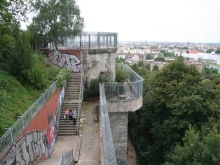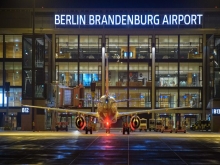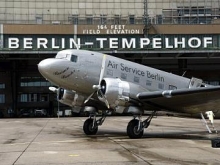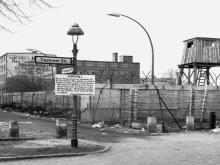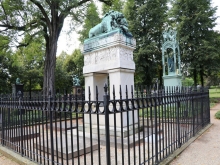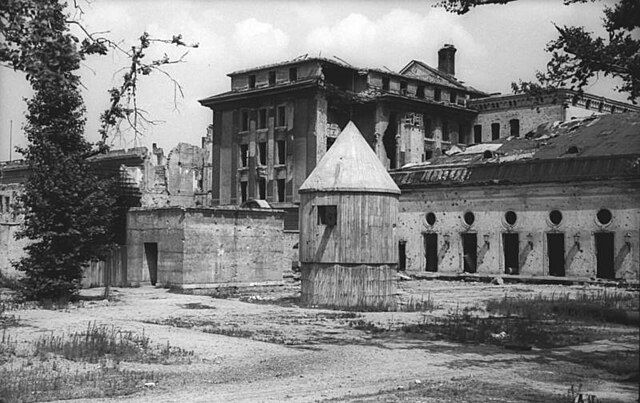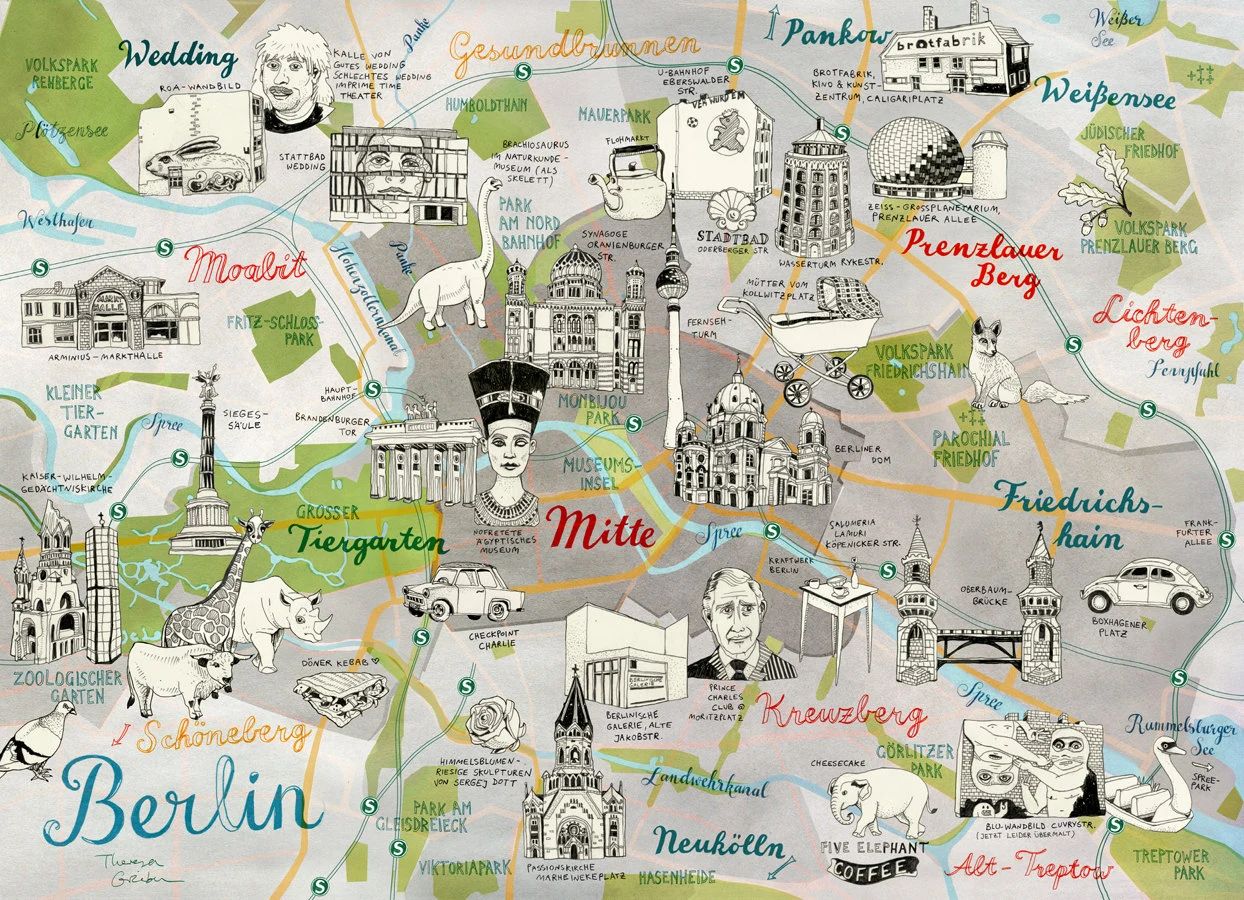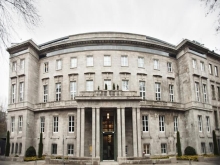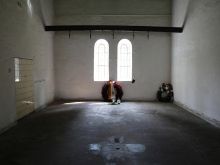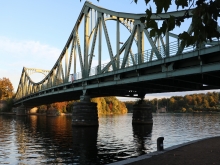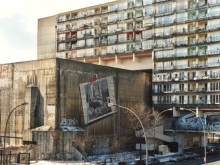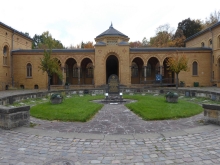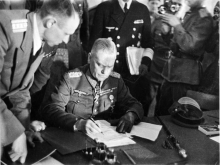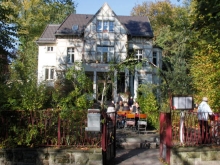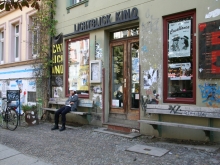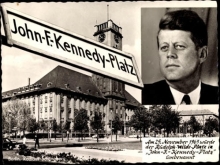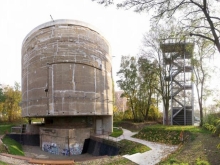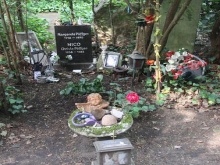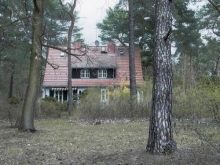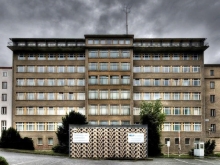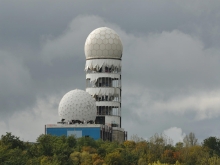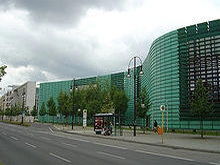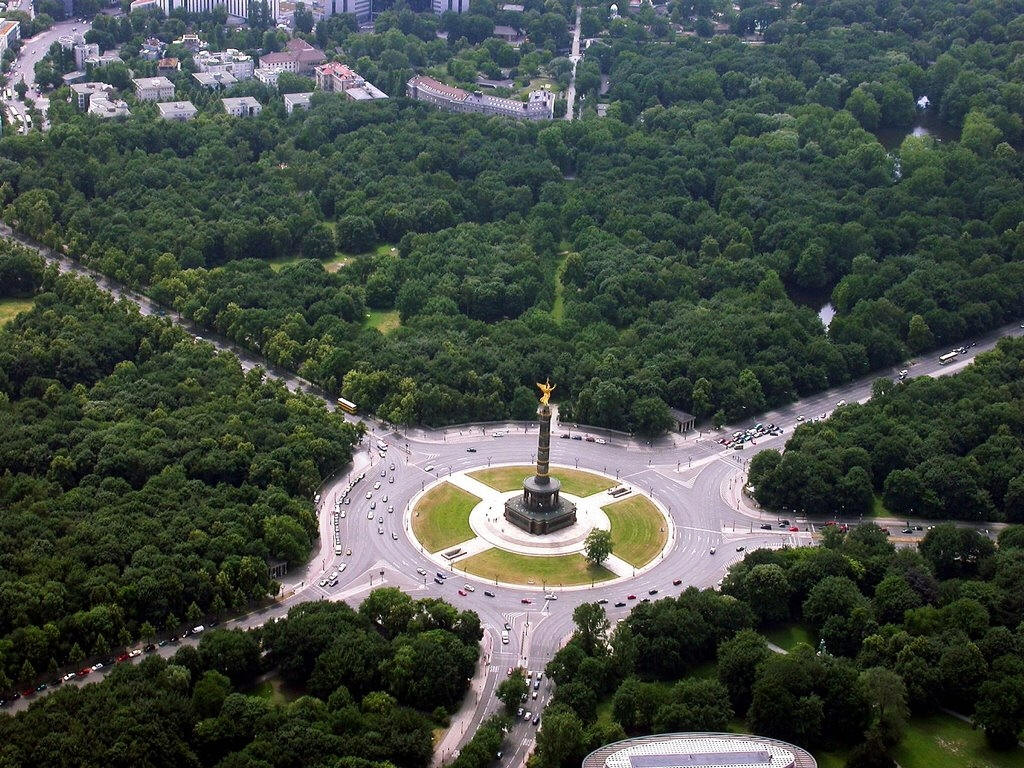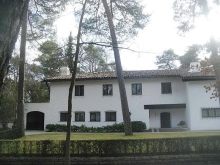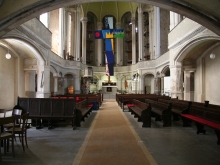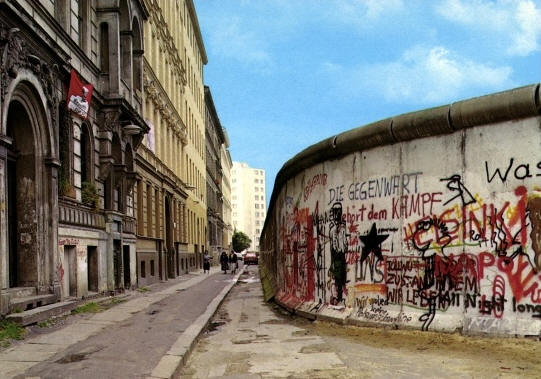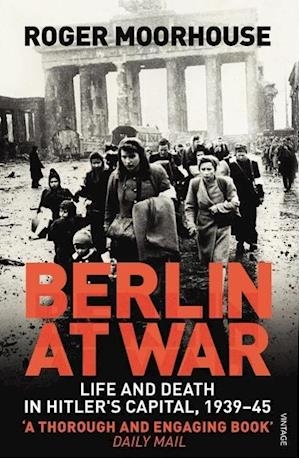Other places of interest and excursion destinations in other countries:
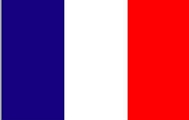 |
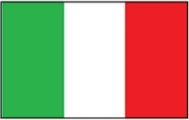 |
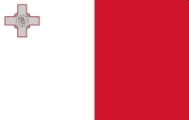 |
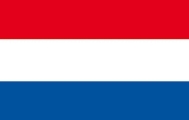 |
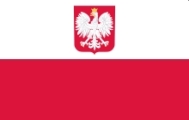 |
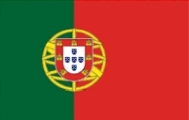 |
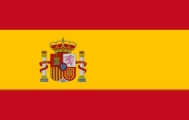 |
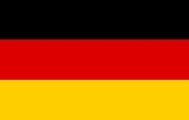 |
FR |
IT |
MT |
NL |
PL |
PT |
ES |
DE |
Link: Worth visiting in Berlin
Berlin - Zionskirche Prenzlauerberg
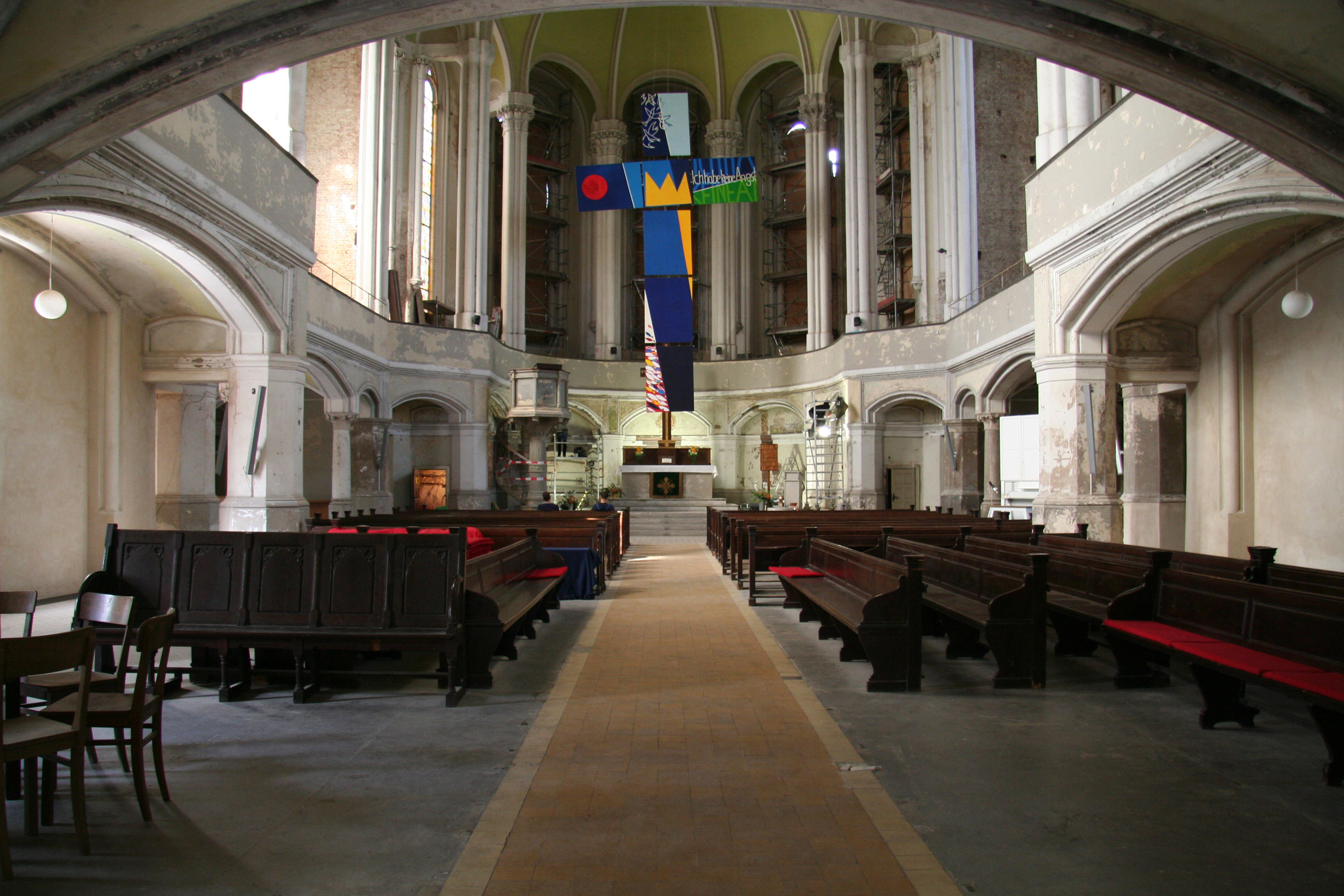
Zionskirche - Prenzlauer Berg -
The Church where Dietrich Bonhoeffer preached Zionskirche is a church located in Prenzlauer Berg, Berlin. It is located in a quiet square between Berlin-Mitte and Prenzlauer Berg, close to the former Berlin Mauer1. The church is a historical site that is closely connected to Germany's recent history. It was here that Dietrich Bonhoeffer worked in the early 1930s until he was arrested by the Nazis and eventually executed. Before the fall of the Berlin Wall, opposition groups met in the church.The Zion Church was built in a neo-romantic style in 1872 using terracotta bricks, which was very typical of the historicist movement that was so popular in Berlin at the time. After the bombing during the Second World War, the church suffered severe damage and the roof was looted by the local population, who were in desperate need of firewood during the freezing winters. To protect the church, the ground floor windows were bricked up. Despite several renovations, the church was not opened to the public again until 2002. Today, the church functions as a church again, but it is also a place of great historical interest, not least because of Bonhoeffer.
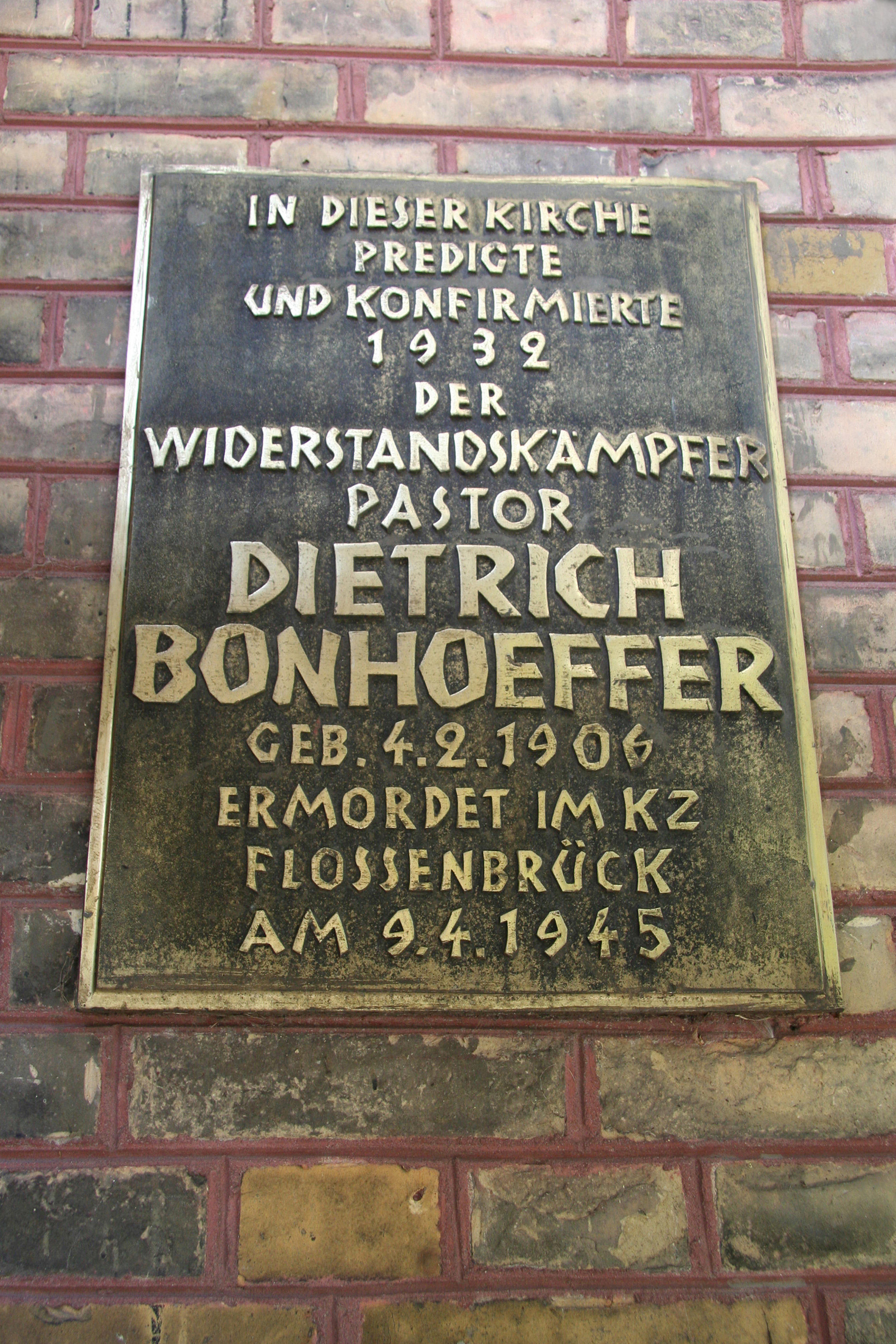
The memorial plaque for Dietrich Bonhoeffer is on the church wall
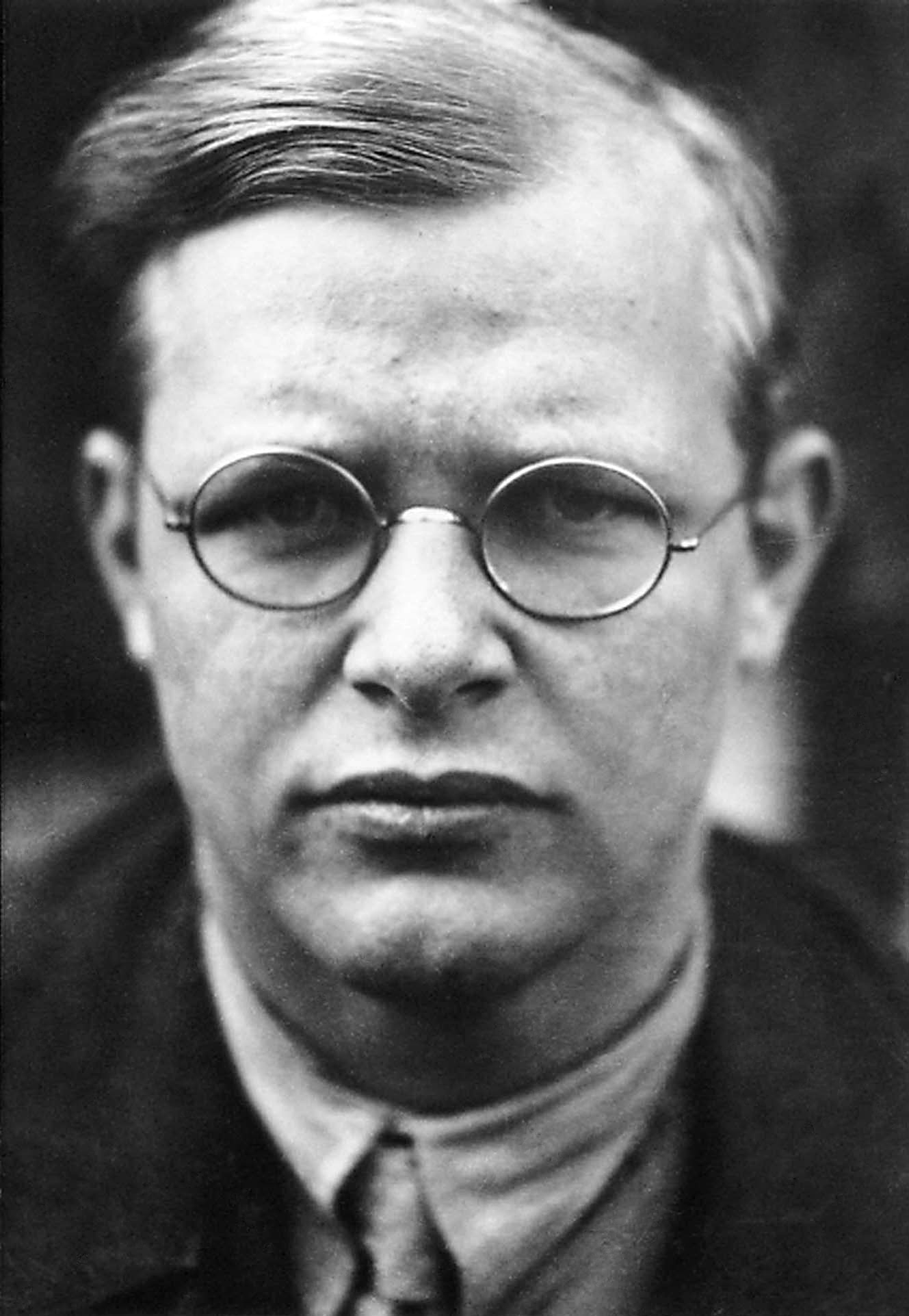
Dietrich Bonhoeffer
Dietrich Bonhoeffer was a
German Lutheran pastor, theologian and anti-Nazi dissident who was a key
founding member of the Church of the Confession. He was born February 4, 1906 in
Breslau, Silesia, Prussia, Germany (now Wrocław, Poland) and died April 9, 1945
in Flossenburg, Bavaria, Germany. He was executed by hanging because of his
participation in the German resistance movement against Nazism.
Bonhoeffer studied theology at the universities of Tüingen and Berlin and
received his doctorate in theology from Berlin. He worked as a pastor in the
Zion Church in Berlin and as a lecturer at the Frederick William University of
Berlin. He was also involved in conspiratorial plans with members of the Abwehr
(German Military Intelligence) to eliminate Adolf Hitler. He was arrested in
March 1943 and was imprisoned until his execution.
Bonhoeffer is known for his writings on Christian theology and ethics, including
books such as "Following" and "Resistance and Surrender". His thoughts on living
as a Christian in a world of secularism and his opposition to Nazism have made
him an important figure in Christianity.
Address:
Griebenowstra? 16, 10119 Berlin, Tyskland
Opening hours:
The church is open from Monday to Saturday at 13:00 - 18:00 and Sunday at 12:00 - 17:00
Public transport:
Tram M1 to Zionskirchplatz
Link to Zionskirken:
ionskirche-berlin.deDietrich Bonhoeffer:
ikipedia.org - Dietrich_BonhoefferBerlin is always worth a visit - summer or winter - but where to go? Here are some slightly unusual and very different suggestions for places I like to go.
D E F
G H I J K
L M N O P Q R S
S T U V X Y Z
Recreational areas:
Food and drinks:
Postcard Berlin, Sebastianstraße, Berliner Mauer Shortcut to postcards of the Berlin Wall
A recommendation
Berlin's landmark is a bear
I have visited Berlin for many years. The first time was in the late 70s with a school
class where the stay made such a big impression on me that I have been coming there
very often ever since.
The first times I visited the city, it was brutally divided into East and West and
separated by the famous and infamous Berlin Wall, which from one day to the next
separated families and friends.
The history of the construction of the Berlin Wall is long and begins in the division of Germany
after World War II, where the four victors and allies - the Soviet Union, the United States, England and France divided the country
between them. The capital, Berlin, from which the Allies were to jointly rule Germany, was also divided into four occupation zones,
which each Allied ruled, however, in accordance with the overall agreements the four Allies had jointly
But the marriage was not a happy one and, in short, the differences between the United States, England and France, on the one hand, and
the Soviet Union, on the other, became so big that cooperation was almost impossible.
The lack of cooperation led the Soviet Union to voluntarily decide to form the state of the GDR
in their part of Germany, where West Berlin were located - now as a desert island in the east.
In the GDR, however, they had the problem that many of its inhabitants would rather live in the somewhat richer "West", where the Americans, unlike the Russians,
provided financial assistance for the reconstruction after the "total war". In the Soviet-occupied German territories, the Russians instead
dismantled most of the production equipment and moved it to the Soviet Union, and to make matters worse, the Germans were also ordered to
pay war damages.
As the flow of refugees from the GDR increased, often by several thousand people a day, the
then government of the GDR felt compelled, with the consent of the Soviet Union, to confine its population, otherwise within a few years there would be so few people
left in the state no longer really would work. The flight to the West among young people, skilled and highly educated was so that the situation was unsustainable
and something had to be done.
The iconic photo of the soldier who escaped from the
GDR to the west
Well arrived in West Berlin, you had to sign up in e.g. the Marienfelde refugee camp to apply for a residence permit.
Here one was interrogated and later typically assigned to a job according to qualifications and an apartment. Many former GDR citizens have passed through
Marienfelde, where there now also is a museum. It is estimated that approx. 1.35 million people passed through the camp in Marienfelde until the fall of
the wall in 1989.
West Berlin was a thorn in the side of the so-called communist regimes, which on several
occasions tried to get the West Allies to leave Berlin and thus let it become part of the GDR, but when that failed, the Berlin Wall or "Antifaschistischer Schutzwall"
as it was officially called in the GDR was built in 1961.
"Notaufnahmelager"
Marienfelde (refugee camp)
The "Schandmauer" - or wall of shame as it was called in most of the western world - came to surround the whole of West Berlin.
The day of shame - 13 August 1961 - was the day when a 41 km long wall was started and further developed the following years right up to the fall of the wall in 1989. Memorial
It is estimated that approx. 14,000 border soldiers guarded the wall
- which by the way consisted of several walls - even though 860,000 mines had been laid, more than 300
watchtowers erected, trenches built and more than 600 well-trained watchdogs exposed.
Throughout the period from 1961 - 1989, it is estimated that there were more than 5,000 escape attempts and that
a little more than 3,000 people were apprehended. Some of these escape attempts took place through the 57 escape
tunnels dug under the Berlin Wall. In all, it is believed that 190 died during escape attempts.
World War II and the Berlin Wall - even after its dismantling - have of course left their mark
on the city of Berlin and there is no doubt that these events have had a colossal historical significance, but one
must not forget that Berlin is also an extremely interesting and modern city, where life is lived and where the
cultural offerings are enormous.
Wanted


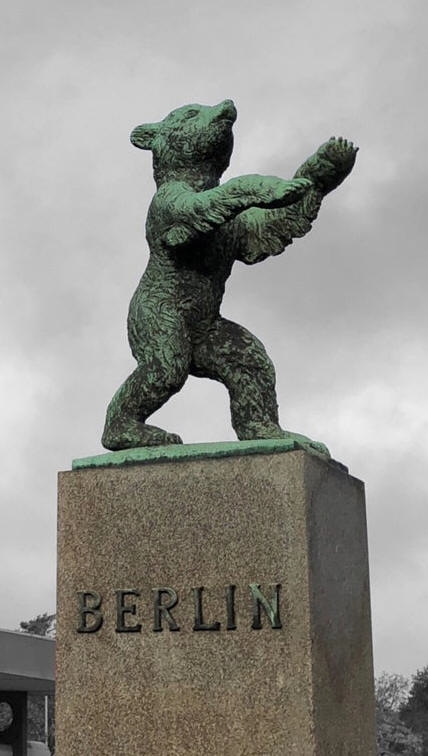
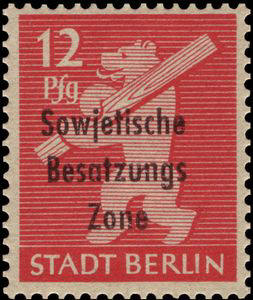
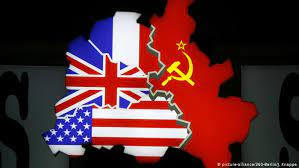
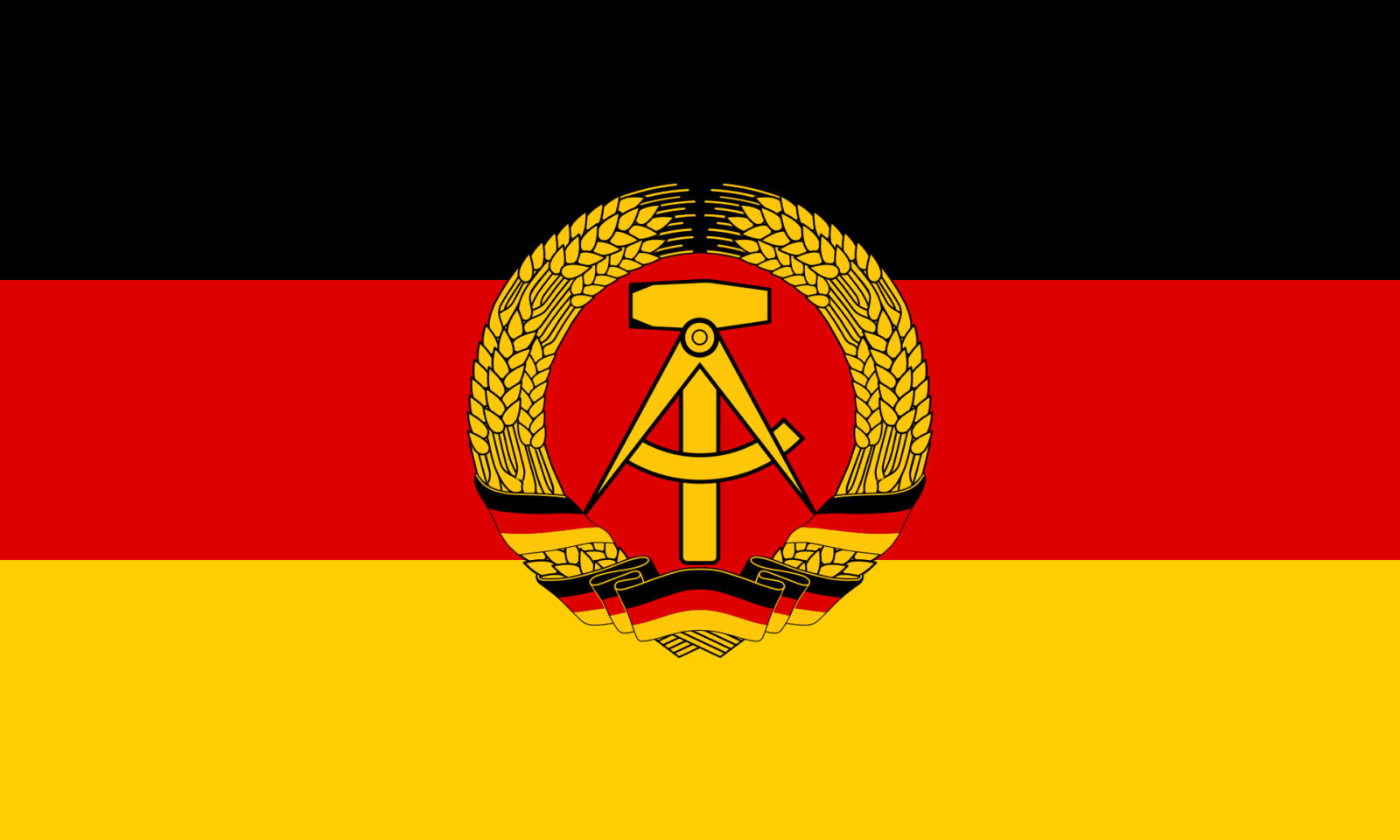
The GDR had otherwise promised its population that after some hard years
of toil and toil, the reward would come, but when you could see, not
least via western TV, how the nation actually fell further and further
behind in relation to the west, many began to doubt truth value of the
statement. For the same reason, large parts of the population began to
seep to the west and this could most easily happen via Berlin, where the
borders between the various sectors were still open.
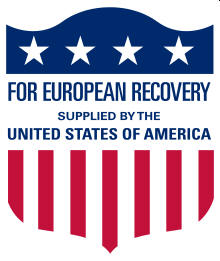 When a GDR citizen had decided to become a "republican
refugee", he or she typically dressed like people from the West
and then subsequently bought a train ticket to Berlin , if one did not already live there. In Berlin, the trip typically continued by "U-bahn" to West Berlin.
During such an escape, no significant luggage could be included, as one would easily be recognized as what one was - a refugee - and then taken to the police
station for questioning and imprisonment. Although there was free passage to West Berlin, many East German border guards were posted at the border and were
largely solely responsible for keeping an eye on any refugees.
When a GDR citizen had decided to become a "republican
refugee", he or she typically dressed like people from the West
and then subsequently bought a train ticket to Berlin , if one did not already live there. In Berlin, the trip typically continued by "U-bahn" to West Berlin.
During such an escape, no significant luggage could be included, as one would easily be recognized as what one was - a refugee - and then taken to the police
station for questioning and imprisonment. Although there was free passage to West Berlin, many East German border guards were posted at the border and were
largely solely responsible for keeping an eye on any refugees.
